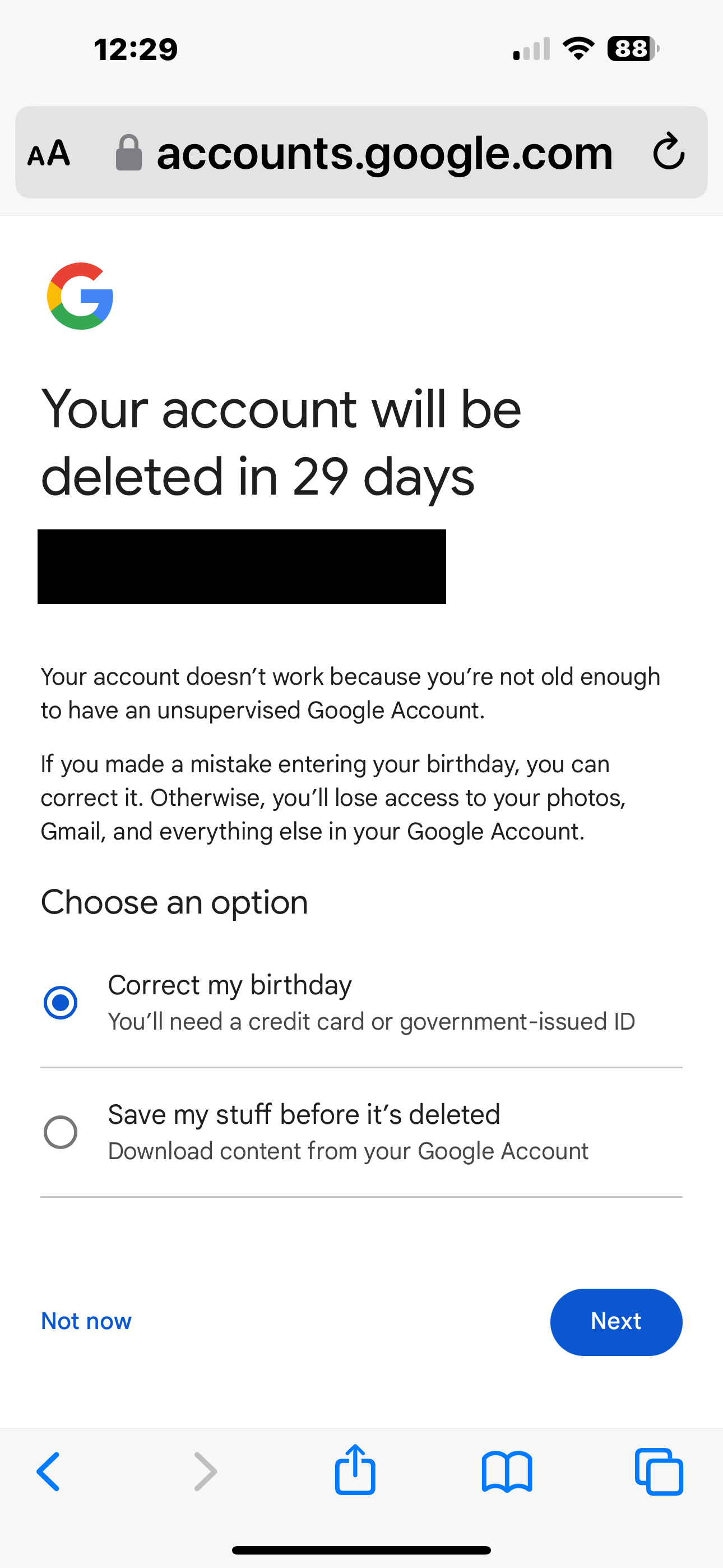Google is a big company – a very, very big company. It has near-total market dominance as a search engine, operates 70% of the smartphone market through Android, and stretches across the entire world. It’s very likely that Google is involved in your life in some capacity whether that’s using a simple Gmail address, your company using Google Workspace, or using one of parent company Alphabet Inc.’s subsidiaries.
Like other tech companies that have attained such size and scale, Google has realized that moderating their gargantuan system can be very difficult. Mike Masnick recently penned Masnick’s Impossibility Theorem, which stipulates that content moderation at scale is simply impossible to do well. The short version is that, among other reasons, the sheer size and scale of a company like Google means it will always end up frustrating very large segments of the population and will always fail to accurately represent the “proper” level of moderation of anyone.
This is why, among many tech companies, automated bots have been put in charge of scanning Google’s ecosystem, detecting possible terms of service violations or other suspect behavior, and reacting accordingly. This itself is not inherently a bad thing, and bots can often automate tedious busywork in companies at all levels. That being said the lack of human nuance and context that bots will always have will often cause their algorithmic nature to flag people for innocuous reasons. Which is where this story comes in.
On September 4 when I sat down at my desk, I saw a particularly unusual and alarming E-mail alerting me that a client’s Google Business profile had been suspended. After confirming that it was coming from Google directly and not some sort of elaborate phishing attempt I scanned the contents and saw this strange announcement:
This was immediately as confusing as it was worrying. Having a Google Business profile nuked literally overnight from Google was a terrifying prospect – this business is a small, local restaurant that relies on excellent food, positive word of mouth and referrals to be as successful as they are. While they still appeared in organic search results their local listing was gone – replaced by other competitors who would likely be discovered by hungry customers in lieu of this business.
I immediately went into e-detective mode. The “violation type” that a Google account associated with the business was “not in good standing” immediately stood out as the confusing part. There were and still are only two managers: Me, and the owner’s Google account. I was able to immediately confirm that my account was not the one had been flagged, as I’d received no other E-mails about any of the Google Places I managed being suspended. That only left one lead: The owner’s account.
After alerting the owner by text message he expressed confusion at the suspension, and I asked him if he had received any E-mails from Google recently indicating suspicious or TOS-violating behavior. After digging through his E-mails, which he hadn’t checked due to vacation time over Labor Day weekend, we discovered the problem.
If you’re on a phone or can’t see the image, the client’s Google account was flagged because he was “not old enough” to have an unsupervised Google account.
At a glance, that probably makes no sense. An adult male business owner, being flagged as not being of legal age to own a Google account? What happened?
Simple: Given that this is an account he uses for business, the owner made the birthday the date that the business opened, roughly five years ago. Google’s bots don’t see a distinction, so all they perceived was a five year-old using Google, which violates their terms of service. So the account was flagged, and with it, the Google Places location.
It sounds silly on paper and it’s very easy to laugh at this, but this is actually a very common misstep. I’ve seen this plenty of times where people using online services will just pick a random date that happens to be under the age legally permissible to use the service (usually 13 or 18) and then run into this. It’s sporadic and often happens randomly – and of course many of these services and platforms are so huge and so lacking in consistency that in most cases a company like Google probably won’t even notice the “underage” account to begin with.
Except sometimes they do, and in this case it temporarily lead to significantly less visibility for a local business that relies on it. Thankfully the owner got his account reactivated and I immediately submitted an appeal. Five days later I received an E-mail confirming that the Google Places listing had been restored and it was soon displaying as normally again. All was well – and actually that wasn’t a lot of time given the slowly turning gears of a massive entity like Google.
A simple, rare problem but one you should take note of to avoid regardless. If you use Google business services, be sure to set an appropriate “birth date” for every single one of your accounts, especially if you have a business that you’ve been running for less than 13 or 18 years.
More importantly, be mindful that bots will always lack the nuance of humans – especially pertinent to remember during the AI craze!


